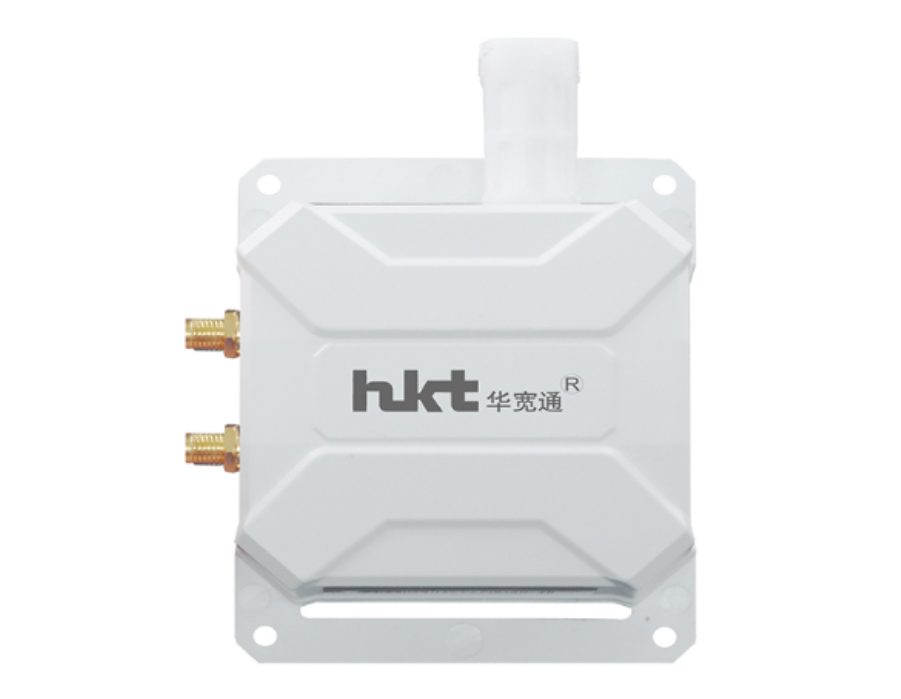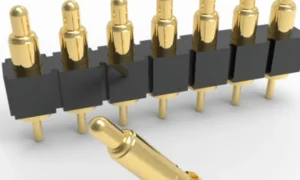In the rapidly evolving landscape of IoT (Internet of Things) applications, LoRa (Long Range) technology has emerged as a game-changer. One of this technology’s most versatile and essential components is the LoRa temperature and humidity sensor. These sensors are important in gathering vital environmental data and have become indispensable in various industries, from agriculture to logistics. This comprehensive guide will delve deep into LoRa humidity and temperature sensors, exploring their significance, advantages, and why they are the go-to choice for wireless temperature and humidity monitoring.
Understanding LoRa Technology and LoRa Temperature and Humidity Sensors
1. LoRa Technology
Derived from CSS (chirp spread spectrum), LoRa technology is a wireless spread spectrum modulation protocol specifically designed for IoT applications. It has an impressive range of many kilometers, making it ideal for applications requiring data transmission over long distances. Key features of LoRa technology include low power consumption, scalability, and robust performance, even in challenging environments. These attributes make it a perfect match for IoT sensor networks.
The advantages of LoRa technology in IoT sensor networks are numerous. It enables the connection of a vast number of devices without draining their batteries quickly. Additionally, it offers secure and reliable data transmission, ensuring that critical information is delivered without compromise.
2. LoRa Temperature and Humidity Sensors
LoRa temperature and humidity sensors, equipped with LoRa technology, have become the backbone of environmental monitoring systems. These sensors are designed to measure temperature and humidity levels in real time, providing valuable data for various applications. They ensure indoor climate control and play a crucial role in industries like agriculture, where environmental conditions directly impact crop growth.
What sets LoRa humidity and temperature sensors apart is their ability to operate wirelessly, making them versatile and easy to install. Moreover, they are equipped with GPS capabilities, allowing users to pinpoint the exact and real-time location of the sensor. This feature is invaluable for asset tracking, especially in logistics and supply chain management.
Advantages of LoRa Temperature and Humidity Sensors Over Traditional Sensors
One of the primary advantages of LoRa humidity and temperature sensors is their wireless nature. Unlike traditional wired sensors, they don’t require complex and costly installations. Here are some key benefits:
l Long-Range Communication: LoRa technology offers an impressive communication range, ensuring data can be collected from remote or inaccessible locations.
l Low Power Consumption: The LoRa sensors are energy-efficient, with extended battery life. This minimizes the need for frequent battery replacements.
l Real-Time Data and Remote Monitoring: The LoRa wireless temperature and humidity sensors can offer real-time data on ambient temperature and humidity changes and allow users to access it remotely, which is critical in applications requiring rapid response to environmental changes.
l Scalability: LoRa networks can support a large number of devices simultaneously. This scalability is beneficial when deploying multiple temperature and humidity sensors over a large area, allowing for comprehensive environmental monitoring.
Factors to Consider When Sourcing LoRa Temperature and Humidity Sensors
When sourcing LoRa temperature and humidity sensors, it’s essential to take several elements into account to ensure they meet your specific requirements:
l Sensor Accuracy and Calibration: The precision of data collected is crucial. Ensure the sensor provides accurate readings and is properly calibrated.
l Communication Range and Network Compatibility: Evaluate the communication range of the sensor and its compatibility with existing networks.
l Battery Life and Power Efficiency: Longer battery life reduces maintenance costs. Choose a sensor with efficient power management.
l Sensor Type and Environment: Consider the type of sensor needed for your indoor or outdoor environment.
l Ease of Installation and Maintenance: An easy sensor to install and maintain saves time and resources.
l Cost Considerations: Compare the cost of the sensor with its features and capabilities to determine its value for your application.
About HKT
One such renowned name in the field of IoT solutions is HKT, which offers a range of high-quality LoRaWAN sensor devices, including LoRaWAN Temperature and Humidity Sensor.
As a pioneer in the industry of LoRaWAN-based IoT devices and smart system development, HKT’s professional R&D team focuses on providing server application smart solutions for various industries. It has developed over 20 innovative devices and deployed more than 100 solutions in a decade, with more than 999 partners worldwide.
HKT’s LoRaWAN Temperature and Humidity Sensor is known for its accuracy, reliability, and seamless integration with LoRa technology. With an IP67 protection rating, the sensor is suitable for various applications, whether in agriculture, industry, the food industry, indoors, or outdoors. HKT also provides customized services, tailoring solutions to meet each customer’s unique needs.
Conclusion
LoRa temperature and humidity sensors have revolutionized how we monitor and control our environment. Their wireless capabilities, long-range communication, and energy efficiency make them the go-to choice for various industries. When sourcing LoRa humidity and temperature sensors, it’s essential to weigh factors such as accuracy, communication range, and power efficiency. HKT is a professional provider of LoRa temperature and humidity sensors and other high-quality LoRaWAN sensor devices. With their expertise and commitment to excellence, HKT is a trusted partner in the world of IoT, ensuring that your data is accurate, reliable, and readily available for informed decision-making. Explore the possibilities with HKT and take your IoT applications to the next level.






































